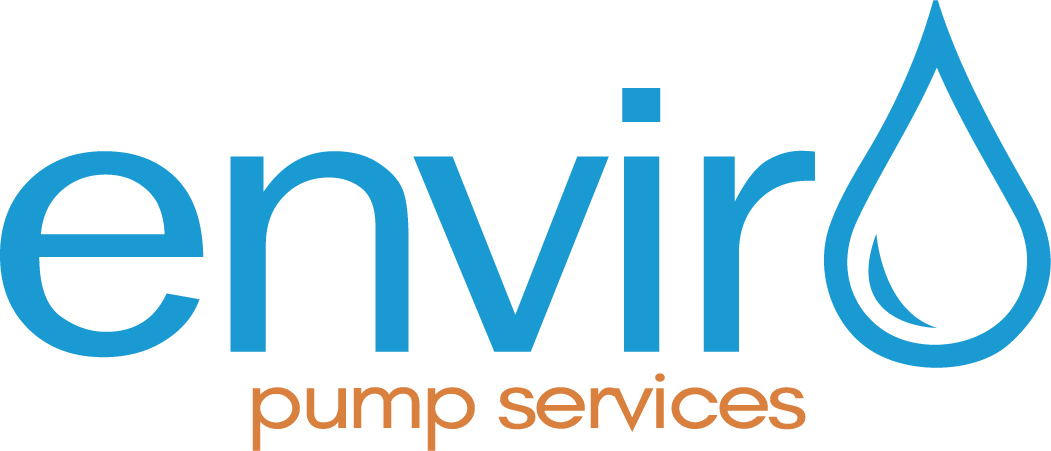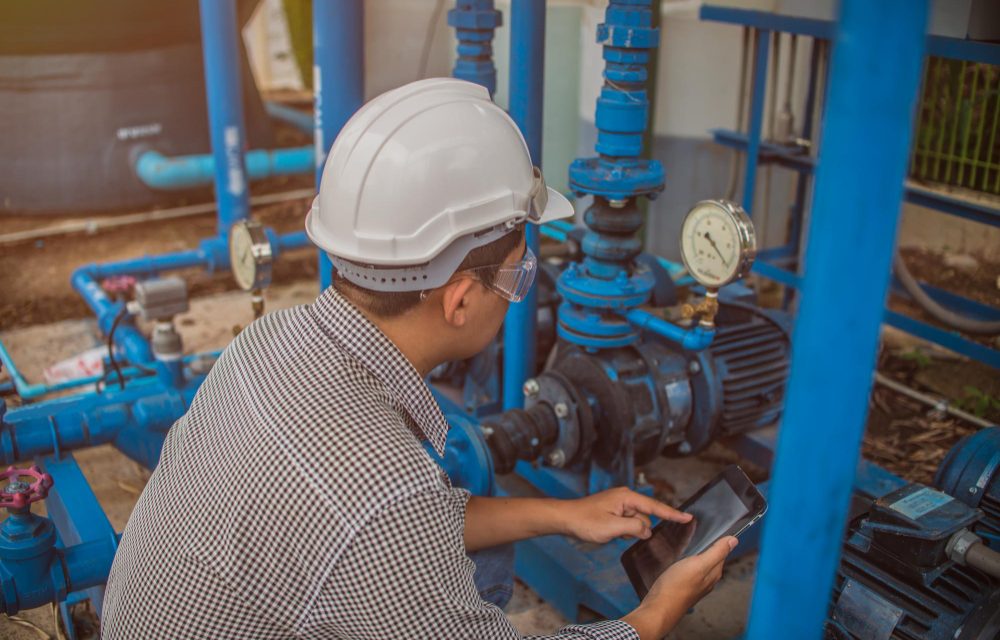In the realm of wastewater management, sewerage pump stations stand as critical infrastructures, ensuring the seamless flow of sewage from lower to higher elevations, facilitating its eventual treatment and release into the environment. The significance of these facilities cannot be overstated, as they are pivotal in maintaining public health standards, protecting water resources, and supporting urban infrastructure’s sustainability. This discourse delves into the imperative of regular maintenance for sewerage pump stations, elucidating its impacts on operational efficiency, cost-effectiveness, and equipment longevity.
The Essence of Sewerage Pump Stations
At their core, sewerage pump stations are engineered to address the challenge of gravity when it is not feasible to transport sewage through direct flow. They are essential components of the broader sewerage system, tasked with elevating wastewater to a higher elevation, enabling its progression towards treatment plants. These stations encompass various critical components, including pumps, electrical systems, and control mechanisms, all of which require meticulous attention to maintain their functional integrity.
Understanding the operational dynamics of these stations provides a foundational insight into why their maintenance is non-negotiable. Regular checks and upkeep ensure that each component functions optimally, preventing unexpected downtimes or inefficiencies that could compromise the entire sewage management system.
Ensuring Operational Efficiency through Maintenance
The operational efficiency of sewerage pump stations is inherently tied to their maintenance regimes. Regular, proactive maintenance ensures that every component, from pumps to valves, operates at peak efficiency. This not only ensures the uninterrupted flow of sewage but also optimises energy consumption, a critical consideration in an era where energy efficiency is synonymous with operational excellence and environmental stewardship.
Moreover, maintenance routines enable the early detection of potential issues, such as wear and tear on mechanical parts or electrical malfunctions, allowing for timely interventions. This proactive approach not only upholds the station’s operational capacity but also mitigates the risk of significant disruptions that could affect broader environmental and public health outcomes.
The Economics of Maintenance: Cost-Saving Implications
While the initial costs associated with regular maintenance may seem substantial, the long-term financial implications of neglecting such routines are far more consequential. The absence of regular maintenance can precipitate severe malfunctions or breakdowns, necessitating costly emergency repairs or even the replacement of critical components.
In the context of Australian sewerage infrastructure, the economic logic of preventative maintenance is underscored by the potential cost savings. By allocating resources to routine maintenance, facilities can avoid the exorbitant expenses associated with emergency interventions and the potential fines or penalties arising from non-compliance with Australian environmental and safety regulations.
Preventing Catastrophic Failures: A Proactive Approach
Routine maintenance stands as a bulwark against the risk of catastrophic failures within sewerage pump stations. By identifying and addressing minor issues before they escalate, maintenance protocols can prevent scenarios that might lead to environmental disasters or public health crises.
In Australia, the adherence to maintenance schedules is not merely a best practice but a regulatory mandate, reflective of the critical role these facilities play in environmental protection and public welfare. Regular maintenance ensures that pump stations do not become points of failure within the sewerage system, thereby safeguarding community health and the integrity of natural water bodies.
Prolonging Equipment Lifespan through Diligent Maintenance
The lifecycle of the equipment within sewerage pump stations is significantly influenced by the maintenance it receives. Regular, comprehensive maintenance extends the operational life of pumps, controls, and auxiliary systems, ensuring that they deliver optimal performance over an extended period.
In the Australian context, where the efficient use of infrastructure investments is paramount, the extension of equipment lifespan through maintenance is a prudent economic strategy. It delays the need for costly replacements and upgrades, providing fiscal predictability and operational continuity for municipal authorities and wastewater management entities.
Prioritising Compliance and Environmental Stewardship
The imperative of regular maintenance for sewerage pump stations transcends operational and financial considerations, firmly anchoring itself in the realm of compliance and environmental responsibility. In Australia, the regulatory landscape governing wastewater management is robust, designed to uphold stringent environmental standards and ensure the welfare of both ecosystems and communities. Regular maintenance of sewerage pump stations is not merely an operational necessity but a legal mandate, reflecting a collective commitment to environmental stewardship.
Adherence to Regulations: Ensuring Compliance
In the context of Australian wastewater management, regulatory bodies such as the Environmental Protection Authority (EPA) impose strict guidelines and standards for the operation and maintenance of sewerage pump stations. These regulations are devised to prevent environmental contamination and safeguard public health, necessitating diligent adherence by all operational facilities.
Regular maintenance routines are pivotal in ensuring compliance with these regulations. They enable the timely identification and rectification of any potential breaches, such as leaks or system malfunctions, which could lead to environmental pollution or pose health risks. By maintaining pump stations in peak condition, facilities demonstrate their commitment to regulatory compliance and environmental protection, thereby avoiding potential legal repercussions and fines.
Environmental Protection: Safeguarding Ecosystems and Communities
The environmental implications of inadequately maintained sewerage pump stations are profound. Malfunctions can result in the discharge of untreated or partially treated wastewater into natural waterways, causing significant ecological harm and jeopardising water quality. Such incidents not only disrupt aquatic ecosystems but also pose risks to public health, particularly in communities reliant on these water sources.
Regular maintenance serves as a critical intervention, preventing the release of pollutants and ensuring that wastewater is appropriately managed and treated. In Australia, where the conservation of diverse ecosystems is integral to national identity and heritage, the role of maintenance in protecting environmental assets is especially pivotal. By preventing contamination and ensuring the integrity of wastewater infrastructure, maintenance practices contribute to the broader objectives of environmental conservation and sustainability.
Prioritising Safety Through Maintenance
Beyond environmental considerations, the regular maintenance of sewerage pump stations is essential for ensuring safety. The intricate operation of these facilities, involving high-powered machinery and hazardous materials, presents inherent risks to both workers and the general public. Maintenance protocols are therefore crucial in identifying and mitigating potential safety hazards, thereby safeguarding individuals and communities.
Worker Safety: Mitigating Occupational Hazards
The complex and often hazardous environment of sewerage pump stations necessitates stringent safety measures to protect workers. Regular maintenance checks allow for the identification and rectification of safety risks, from faulty machinery to structural weaknesses, ensuring a safe working environment. In Australia, adherence to occupational health and safety standards is paramount, with entities such as Safe Work Australia providing guidelines and regulations to protect workers in all industries, including wastewater management.
By implementing comprehensive maintenance routines, facilities not only comply with these standards but also demonstrate a proactive approach to worker safety, minimising the risk of accidents and fostering a culture of safety within the sector.
Public Safety: A Community-Centric Approach
The implications of inadequate maintenance extend beyond the confines of pump stations, potentially impacting surrounding communities. For instance, equipment failures can lead to overflows or leaks, posing health risks and environmental hazards. Regular maintenance is therefore crucial in preventing such incidents, ensuring the integrity of sewerage infrastructure and protecting community well-being.
Embracing Best Practices in Maintenance
To achieve the manifold objectives of efficiency, compliance, and safety, embracing best practices in the maintenance of sewerage pump stations is indispensable. This entails not only regular inspections and repairs but also the adoption of a proactive, systematic approach to maintenance planning and execution.
Implementing Maintenance Strategies
Effective maintenance strategies are characterised by regular scheduling, comprehensive checklists, and adherence to industry standards. They involve routine inspections, cleaning, and the replacement of worn parts, conducted by skilled personnel equipped with the necessary tools and expertise. In Australia, the adoption of such best practices is facilitated by industry guidelines and resources, ensuring that maintenance activities are both effective and compliant with national standards.
The Role of Expertise and Technology
In the quest for maintenance excellence, the expertise of seasoned professionals, combined with advanced technological tools, plays a pivotal role. Technological advancements, such as remote monitoring and diagnostic systems, offer invaluable support in maintenance endeavours, enabling real-time oversight and timely interventions.
In conclusion, the regular maintenance of sewerage pump stations is a multifaceted imperative, underpinning operational efficiency, regulatory compliance, environmental protection, and safety. By adhering to best practices and leveraging expertise and technology, facilities can ensure the optimal performance and longevity of their infrastructure. In this context, entities like Enviro Pumps emerge as pivotal partners, offering the requisite expertise and solutions to uphold the standards of excellence in wastewater management.
FAQ
1: Why is regular maintenance critical for sewerage pump stations?
Regular maintenance is essential for ensuring the operational efficiency, safety, and longevity of sewerage pump stations. It helps in identifying and addressing minor issues before they escalate into major problems, ensures compliance with regulatory standards, protects the environment by preventing pollution, and safeguards public and worker safety.
2: What are the potential consequences of neglecting maintenance for sewerage pump stations?
Neglecting maintenance can lead to various adverse outcomes, including increased operational costs, equipment failures, environmental contamination, safety hazards, and non-compliance with regulations. Such neglect can result in costly repairs, legal penalties, and damage to the facility’s reputation.
3: How does regular maintenance benefit the environment?
Regular maintenance prevents the release of untreated or inadequately treated wastewater into the environment, protecting water quality and aquatic ecosystems. It also helps in avoiding pollution incidents that could harm wildlife and compromise public health, thereby contributing to environmental sustainability.
4: What does maintenance of a sewerage pump station typically involve?
Maintenance routines typically include inspecting and cleaning pumps, checking and repairing electrical systems, testing control equipment, and identifying and addressing any signs of wear or damage. These activities help ensure that all components of the pump station operate effectively and efficiently.
5: Are there specific Australian regulations that mandate the maintenance of sewerage pump stations?
Yes, Australian regulations, enforced by bodies like the Environmental Protection Authority (EPA) and Safe Work Australia, mandate the maintenance of sewerage pump stations. These regulations ensure that the stations meet operational, environmental, and safety standards, protecting public health and the environment.
6: How can facility managers ensure compliance and best practices in maintenance?
Facility managers can ensure compliance and adherence to best practices by developing and implementing a comprehensive maintenance plan, staying informed about regulatory requirements, employing qualified personnel, and leveraging technological tools for maintenance management. Engaging with experienced service providers, such as Enviro Pumps, can also offer expertise and support in maintaining high standards of maintenance and compliance.


